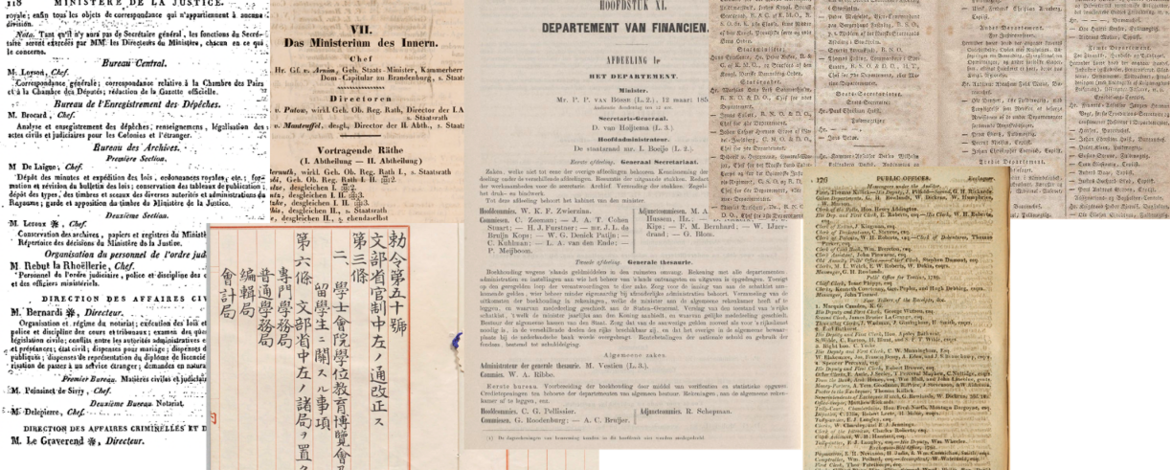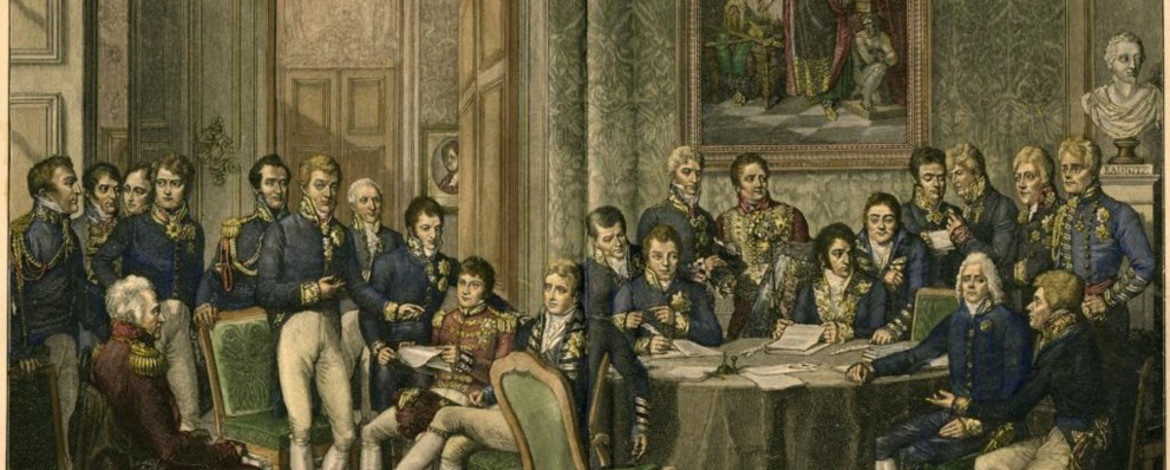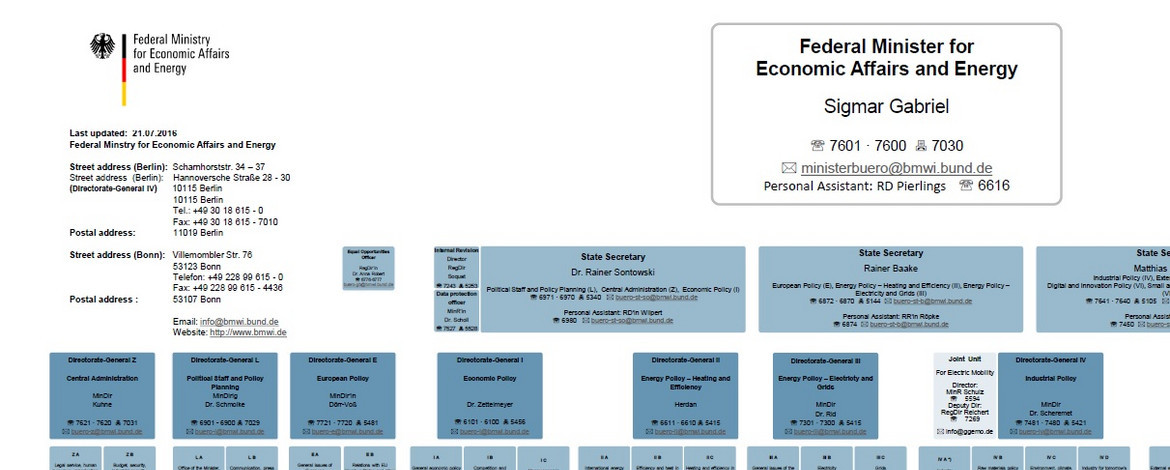Unraveling the Genetic Code of Modern Governance
Welcome to State-DNA, a research initiative that aims to deepen our understanding of how government structures evolve over time. Our project investigates the complex processes that shape these structures, looking beyond the traditional focus on political party influence.
Why Do Government Structures Change? An Innovative Approach to Government Evolution
Government structures are critical for governing, as they allocate authority and resources and signal priorities. These structures have evolved continuously, influenced by various factors beyond political parties. Despite the well-known idea that "structure shapes policy," there has been limited systematic analysis of how these structural changes impact government policies. State-DNA addresses this gap by introducing a theory of evolutionary government, examining the interactions between a unit’s structural characteristics and its organizational and environmental contexts. This multi-level perspective allows us to consider a broader range of influences on structural changes and to study the direct effects of these changes on government policy.
Building a Comprehensive Dataset
State-DNA utilizes genetic measures to assess changes within government structures, compiling a comprehensive dataset that spans from the early 19th century to the present. Our study includes six countries—France, Germany, Japan, the Netherlands, Norway, and the United Kingdom—from 1815 to 2025.
Learn more about us exploring the evolutionary pathways of government structures and uncovering the factors that shape policy and governance.









